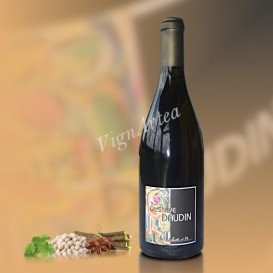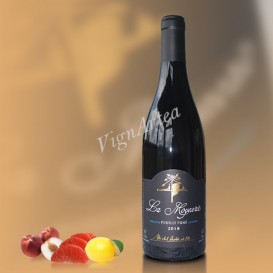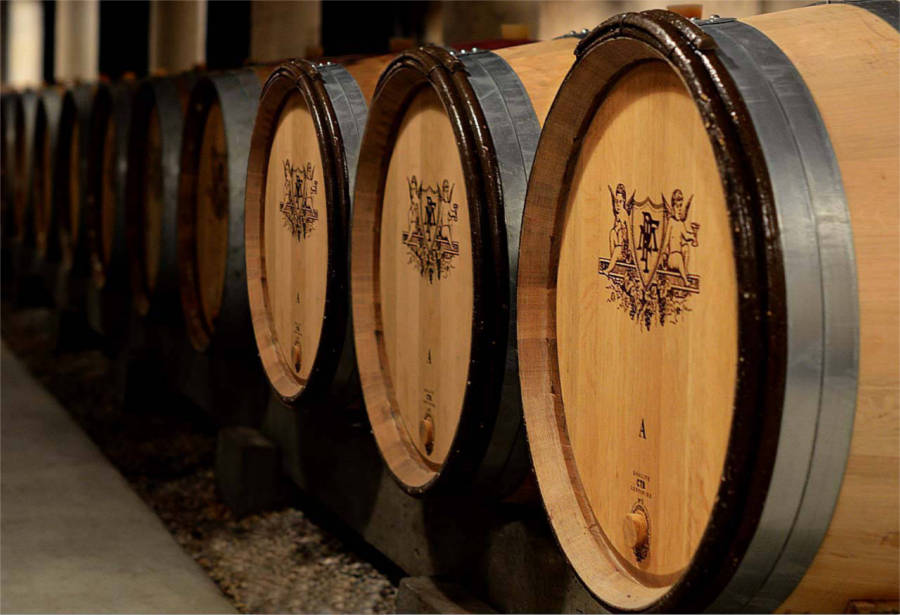Domaine Michel REDDE et Fils

LOIRE POUILLY-FUMÉ 40 ha NON-CERTIFIED ORGANIC CULTURE WINEMAKER : Thierry REDDE
ESTATE HISTORY
The Michel REDDE & Fils estate is located in Saint-Andelain, in the heart of the Pouilly-Fumé appellation.
The first traces of the estate's viticultural activity date back to 1630, but it was in the early 1960s that it gained notoriety, thanks to the immense work carried out by Michel REDDE and his wife over the last ten years: purchase of plots, clearing and replanting of the vineyard.
Their son joined them in 1977 and they began the construction of a new cellar allowing to vinify by gravity on three levels. Currently, the estate cultivates 40 hectares of vines spread over the communes of Saint-Andelain, Pouilly-sur-Loire, Tracy-sur-Loire and Saint Martin-sur-Nohain.
TERROIR
The Pouilly-Fumé vineyard soils are mostly from the Upper Jurassic period (-199 to -145 million years ago), when the region was still submerged. The deposits are sometimes clayey, sometimes calcareous, and contain numerous fossils, including polyparies, which indicate that the climate at that time was tropical.
Towards the end of the Jurassic period, 140 million years ago, the sea left the region for the first time, and then covered it again 20 million years later before withdrawing definitively at the end of the Cretaceous period (-70 million years ago); the climate was colder than Jurassic'one. From this time onwards, the region enters a powerful erosive phase, during which the limestones partially dissolve into more or less clayey residues (flint and cherty clays).
During the Eocene period (56 to 34 million years ago), a powerful river flowed down from the Massif Central, taking the present-day course of the Loire, whose deposits can be identified in the area around Cosne-sur-Loire. The climate was then once again tropical and favoured the soils armouring by silification (transformation of rocks into silica).
A major tectonic phase stretched the Western Europe from west to east, creating the Alsace, the Bresse as well as the Loire rift valleys; Corsica and Sardinia were detached from the continent.
During the Alpine uprising, caused by the clash between the African and European plates, the Morvan and the Massif Central rose up. Erosion then resumed with new rivers channelled by the Loire rift valley.
This complex system of faults and rift valleys are at the origin of the beautiful diversity of the Michel REDDE's estate soils: we find there the Upper Kimmeridgian soils, locally called Terres Blanches, the Oxfordian soils (limestones of Tonnerre and Villiers which are also called Caillottes) as well as the more or less clayey siliceous soils dating back to the Eocene, and which are found especially in Tracy-sur-Loire.
/div>WINEGROWING & WINEMAKING
The 40 hectares of vines are cultivated according to the Organic Agriculture (Ecocert certification in progress) as well as to the biodynamics rules, in order to protect the vineyard's biodiversity as much as possible: cereals and legumes are cultivated, yields are kept low, and the grapes are harvested manually.
From the 2020 vintage onwards, and with the aim of preserving the most accurate and natural expression of the wines, the winemaking will be carried out with a starter of native yeasts selected in the estate vineyard.

-
GUSTAVE DAUDIN 2019 (Domaine Michel REDDE & Fils)
27,90 € OUT OF STOCK!OUT OF STOCK!LOIRE VALLEY - AOP POUILLY-SUR-LOIRE - DRY WHITE WINE
Grape variety: Chasselas (100%)
Winemaking & Fine lees ageing in 600-liter oak barrels for 10 to 12 months
- Nose: very fresh and delicate. Notes of white pepper, coriander with a touch of anise and licorice.
- Palate: soft and tasty.
Tasting date: May 2021
OUR OPINION: nice wine of Chasselas, original and extremely seductive by its minerality and its finesse!
The exceptional bottle's weight (1.8kg) may result in higher shipping costs for the final shopping cart.
-
LA MOYNERIE 2018 (Domaine Michel REDDE & Fils)
22,90 € En stock !LOIRE VALLEY - AOP POUILLY-FUMÉ - DRY WHITE WINE
Grape variety: Sauvignon (100%)
Winemaking & Fine lees ageing in tunes and half tunes for 10 to 12 months
- Nose: lively, powerful and mineral. Notes of lemon, pink grapefruit and white peach.
- Palate: supple and tonic. Lemon finish.
Tasting date: May 2021
OUR OPINION: a very refreshing wine!
The exceptional bottle's weight (1.8kg) may result in higher shipping costs for the final shopping cart.
-
LES BOIS DE SAINT-ANDELAIN 2019 (Domaine Michel REDDE et Fils)
39,90 € In stock!LOIRE VALLEY - AOP POUILLY-FUMÉ - DRY WHITE WINE
Grape variety: Sauvignon (100%)
Winemaking & Fine lees ageing in tunes and half tunes for 10 to 12 months
- Nose: chiseled and mineral. The first slightly smoky notes open on aromas of lemon, verbena, anise with a touch of apricot.
- Palate: supple and elegant juice, fresh and spicy. Long, mineral and peppery finish.
Tasting date: July 2021
OUR OPINION: this single-plot wine offers a beautiful aromatic complexity, a real favorite!
The exceptional bottle's weight (1.8kg) may result in higher shipping costs for the final shopping cart.









